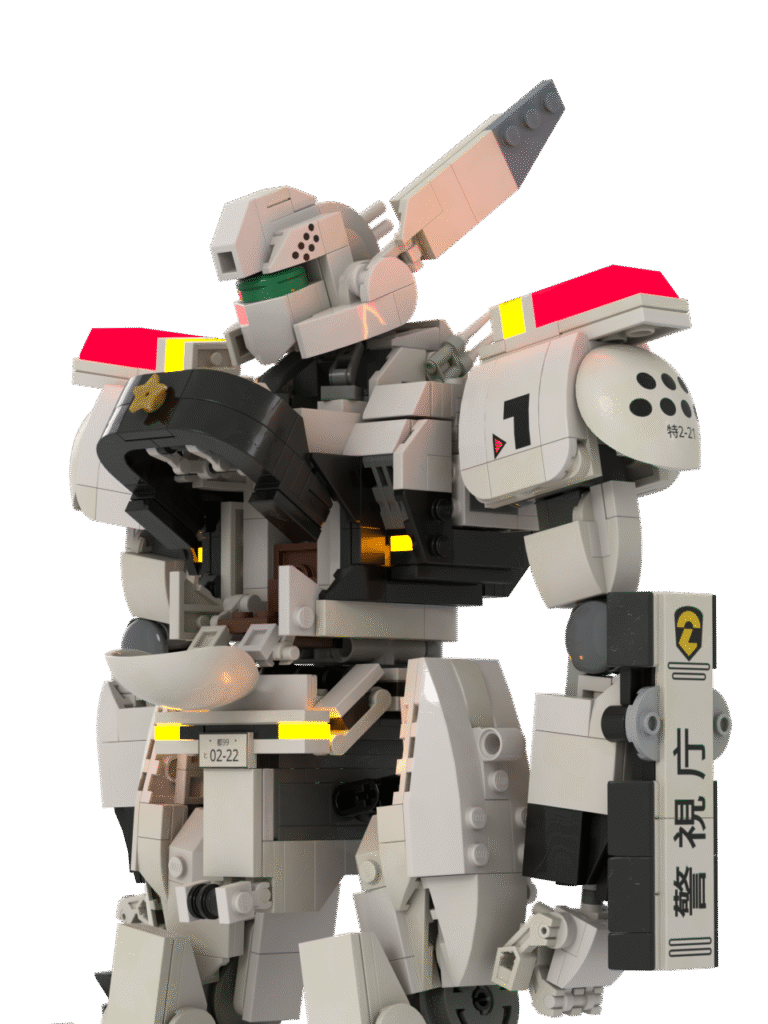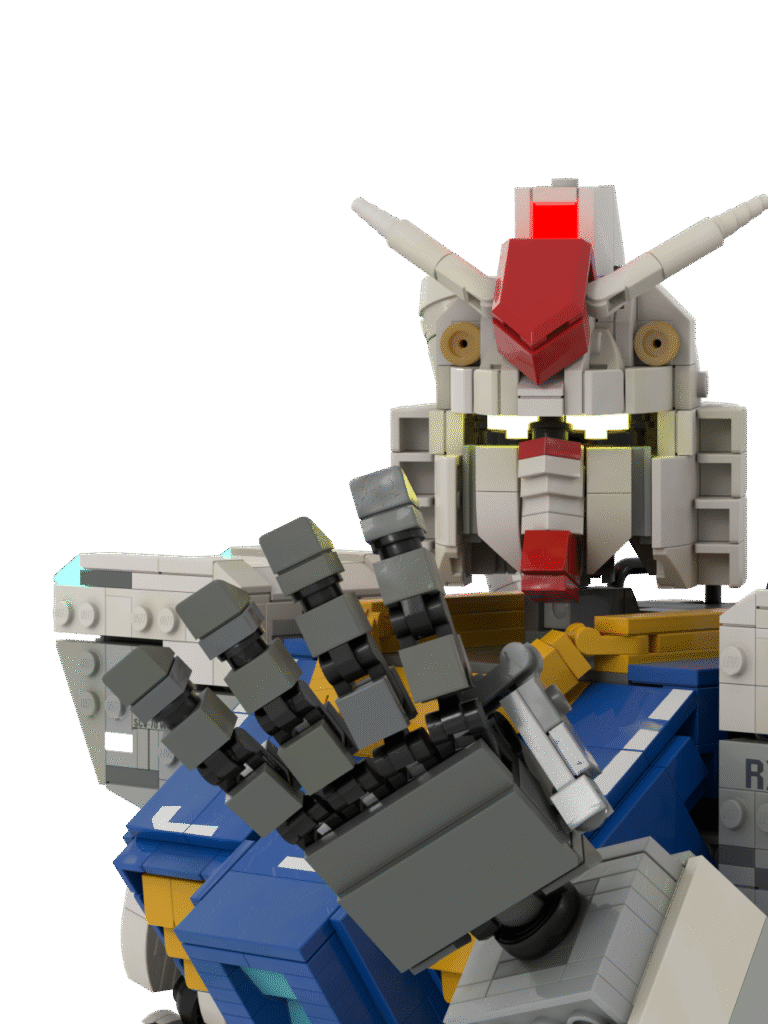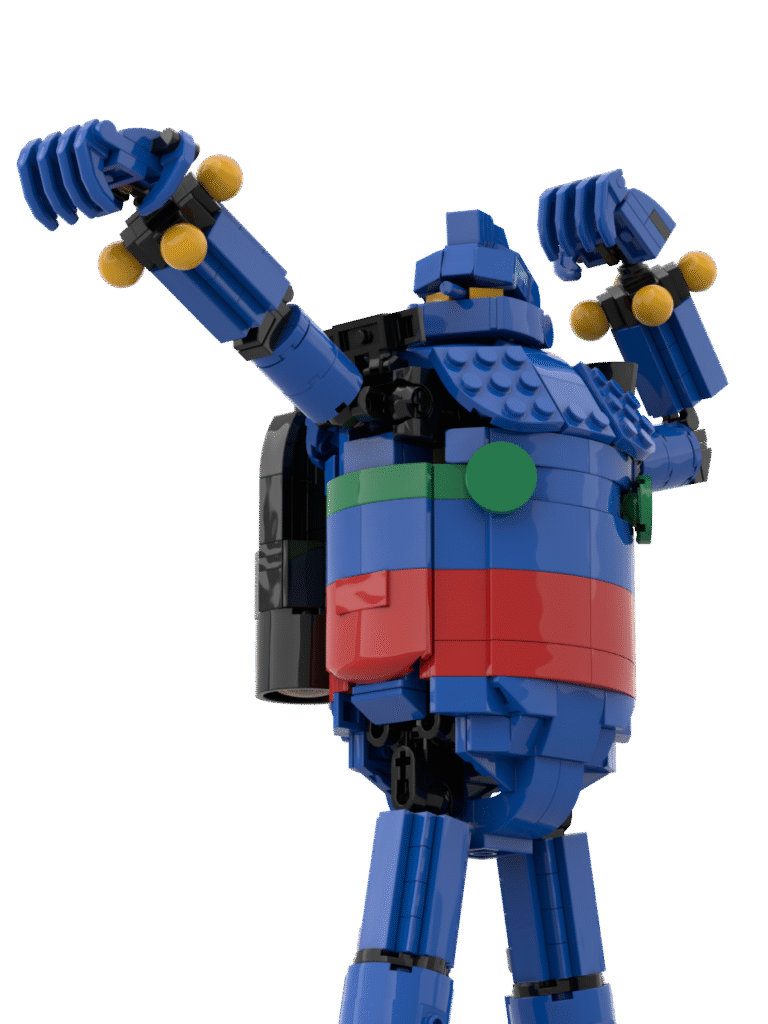How to Make Small LEGO Details Stand Out on Large Builds
In large LEGO models, it’s easy for small details to get lost in the bigger picture. Whether you’re adding panel lines to a mech or mechanical greebles to a spaceship, these touches add realism and texture. This guide will show you how to make small LEGO details stand out on large builds using scale, color, and design principles. 1. Use Contrast Wisely Why It Works: High contrast between detail pieces and the surrounding area draws attention to them. Tips: Use light colors against dark surfaces and vice versa. Metallic or trans-clear parts can highlight tech details. 2. Create Layers with SNOT Why It Helps: Studs Not On Top (SNOT) techniques allow for angled and layered surfaces that visually pop. Techniques: Use brackets and headlight bricks to mount panels or accessories facing outward. Stack tiles and plates in varied depths for a 3D look. 3. Frame Key Features Why It Works: Framing makes details feel intentional rather than random. How To: Use tubing, bars, or slopes to create borders around small parts like vents or lights. 4. Use Repetition and Pattern Why It Works: Repeating small elements like grilles or slopes in a pattern creates a texture that reads well at larger scales. Best Use Cases: Armor plating Mech limbs Base panels 5. Guide the Viewer’s Eye Why It Matters: Visual flow directs attention to focal points. Pro Tip: Use asymmetry or angled sections to lead the eye to detailed areas. Conclusion Small details can make a big impact on large LEGO builds—if you design them to be noticed. Use contrast, layering, framing, and pattern to highlight the elements that bring your model to life. Dig Deeper For more ways to enhance your builds, read my articles on realistic mech design, color control, and advanced SNOT building methods!





